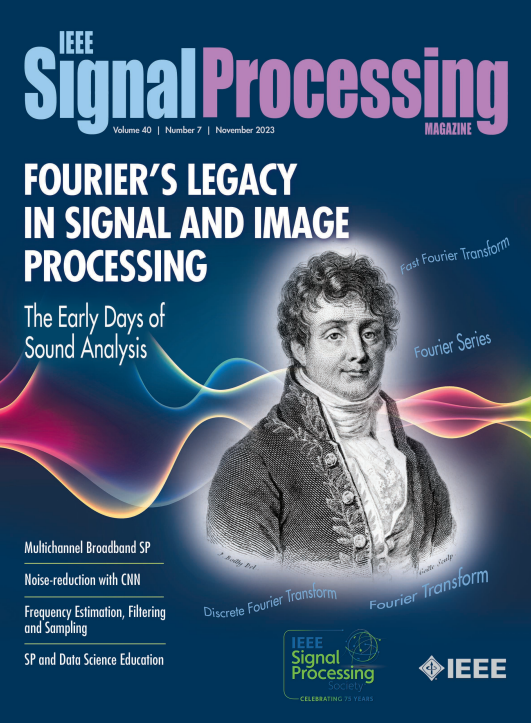集成传感和通信与可重构智能表面:从信号建模到处理
IF 9.4
1区 工程技术
Q1 ENGINEERING, ELECTRICAL & ELECTRONIC
引用次数: 12
摘要
集成传感和通信(ISAC)预计将成为未来无线网络的一个组成部分,特别是在毫米波(mm-wave)和太赫兹(THz)频段工作时。然而,在这些高频率下建立无线连接是相当具有挑战性的,主要是由于穿透路径损耗,阻碍了可靠的通信和传感。下一代无线系统的另一项新兴技术是可重构智能表面(RIS),它指的是能够改变恶劣传播环境的硬件高效平面结构。在本文中,我们将以教程式的方式概述RISs在传感功能方面的应用和优势,特别是ISAC系统。我们强调了融合这两种新兴技术时的潜在优势,并首次确定:1)当涉及这些操作的通道耦合时,联合传感和通信(S&C)设计是最有益的;2)RISs提供了控制这种有益耦合的手段。ris辅助ISAC的有用性超越了这些技术在性能和功率效率方面的明显单个收益。我们还讨论了这两种新兴技术融合所带来的主要信号处理挑战和未来的研究方向。本文章由计算机程序翻译,如有差异,请以英文原文为准。
Integrated Sensing and Communications With Reconfigurable Intelligent Surfaces: From signal modeling to processing
Integrated sensing and communications (ISAC) are envisioned to be an integral part of future wireless networks, especially when operating at the millimeter-wave (mm-wave) and terahertz (THz) frequency bands. However, establishing wireless connections at these high frequencies is quite challenging, mainly due to the penetrating path loss that prevents reliable communication and sensing. Another emerging technology for next-generation wireless systems is reconfigurable intelligent surface (RIS), which refers to hardware-efficient planar structures capable of modifying harsh propagation environments. In this article, we provide a tutorial-style overview of the applications and benefits of RISs for sensing functionalities in general, and for ISAC systems in particular. We highlight the potential advantages when fusing these two emerging technologies, and identify for the first time that 1) joint sensing and communications (S&C) designs are most beneficial when the channels referring to these operations are coupled, and that 2) RISs offer the means for controlling this beneficial coupling. The usefulness of RIS-aided ISAC goes beyond the obvious individual gains of each of these technologies in both performance and power efficiency. We also discuss the main signal processing challenges and future research directions that arise from the fusion of these two emerging technologies.
求助全文
通过发布文献求助,成功后即可免费获取论文全文。
去求助
来源期刊

IEEE Signal Processing Magazine
工程技术-工程:电子与电气
CiteScore
27.20
自引率
0.70%
发文量
123
审稿时长
6-12 weeks
期刊介绍:
EEE Signal Processing Magazine is a publication that focuses on signal processing research and applications. It publishes tutorial-style articles, columns, and forums that cover a wide range of topics related to signal processing. The magazine aims to provide the research, educational, and professional communities with the latest technical developments, issues, and events in the field. It serves as the main communication platform for the society, addressing important matters that concern all members.
 求助内容:
求助内容: 应助结果提醒方式:
应助结果提醒方式:


